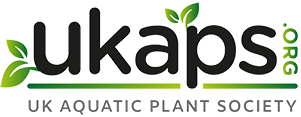AquaRookie
New Member
Aquarium Setup Summary (2 Weeks Old):
Fertilization Routine:
Current Issues:
- Tank Size: 190 litres (dosing calculated for 150 litres, considering hardscape and substrate displacement)
- Lighting: Azur 100W LED
- Duration: 6.5 hours/day (10:00 AM – 4:30 PM)
- CO₂ Injection: Pressurized CO₂ via ISTA diffuser
- Rate: ~3 BPS
- Timing: Starts 1 hour before lights on (9:00 AM)
- Substrate: Inert black gravel
- Filtration: Sunsun 303B canister filter
- Water Parameters:
- TDS: 160–180 ppm
- Magnesium: 6 ppm added post water change
Fertilization Routine:
- Macros (4x/week + extra on WC day):
- NO₃: 4.5 ppm
- PO₄: 2 ppm
- K: 7 ppm
- Double dose on water change day (Sunday), two additional doses spread during the week
- Micros (4x/week on alternate days):
- CSM+B with Fe dosed at 0.07 ppm as reference
- Water Change:
- 50% every Sunday
Current Issues:
- Poor plant growth
- Pale and small leaves
- Leaf curling observed
Attachments
-
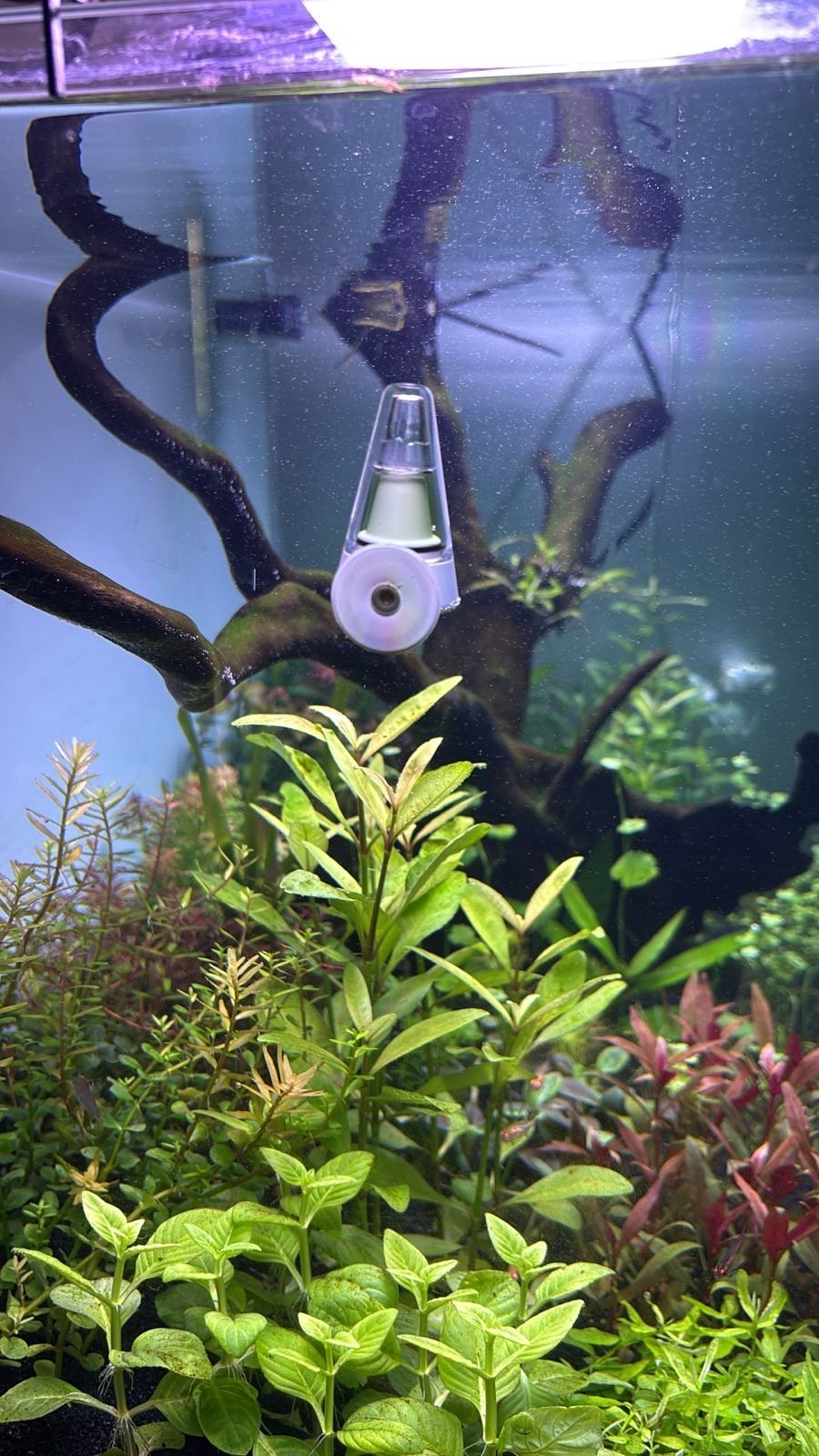 0ee1fd8f-c7d9-497c-ab2c-11b6dae20ce5.JPG289 KB · Views: 19
0ee1fd8f-c7d9-497c-ab2c-11b6dae20ce5.JPG289 KB · Views: 19 -
 IMG_3336.jpg1.6 MB · Views: 13
IMG_3336.jpg1.6 MB · Views: 13 -
 IMG_3337.jpg1.3 MB · Views: 12
IMG_3337.jpg1.3 MB · Views: 12 -
 IMG_3338.jpg2.1 MB · Views: 11
IMG_3338.jpg2.1 MB · Views: 11 -
 IMG_3339.jpg2 MB · Views: 10
IMG_3339.jpg2 MB · Views: 10 -
 IMG_3340.jpg2 MB · Views: 10
IMG_3340.jpg2 MB · Views: 10 -
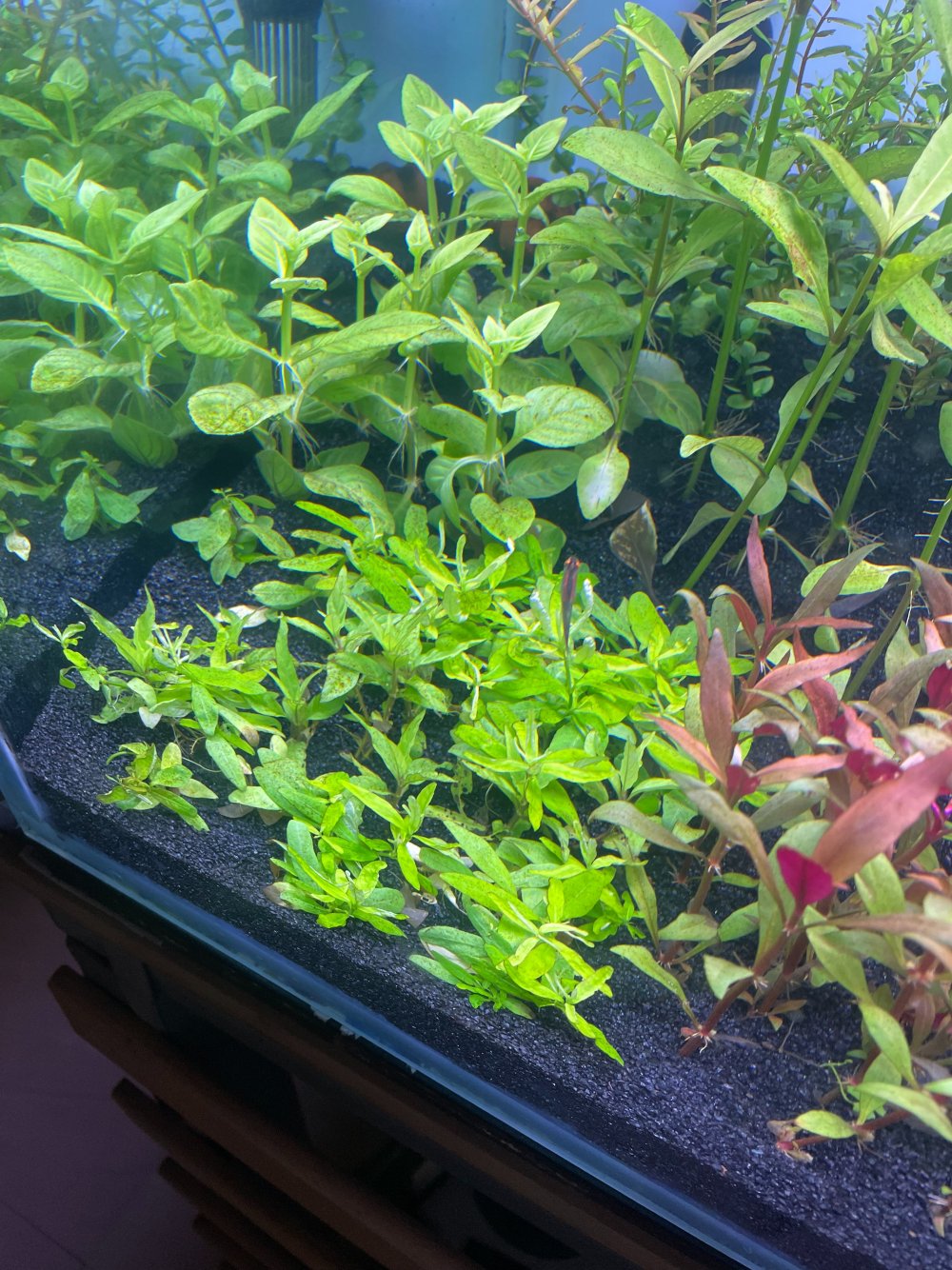 IMG_3341.jpg2.1 MB · Views: 12
IMG_3341.jpg2.1 MB · Views: 12 -
 IMG_3342.jpg1.7 MB · Views: 13
IMG_3342.jpg1.7 MB · Views: 13 -
 IMG_3343.jpg1.5 MB · Views: 12
IMG_3343.jpg1.5 MB · Views: 12 -
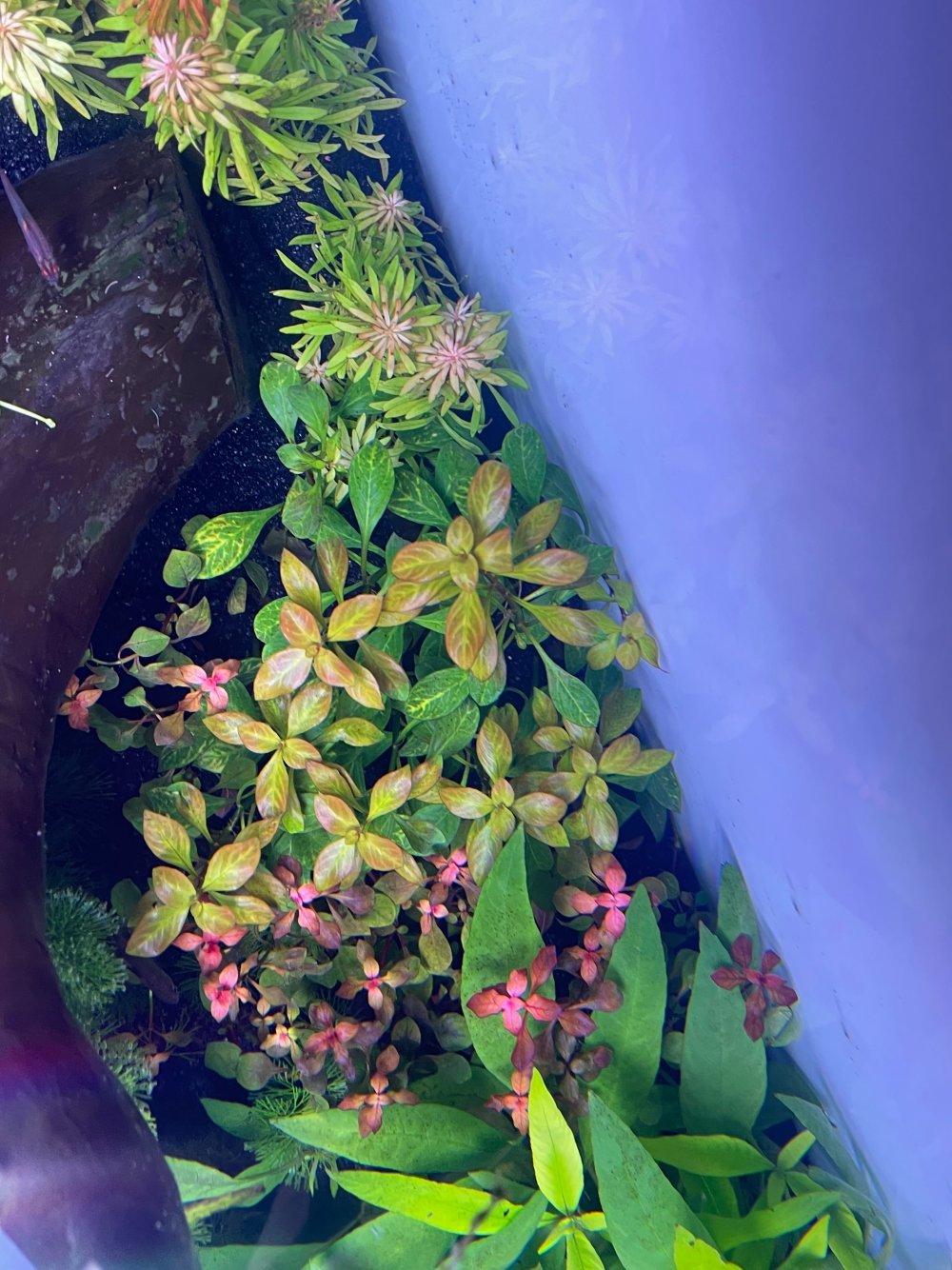 IMG_3346.jpg1.4 MB · Views: 8
IMG_3346.jpg1.4 MB · Views: 8 -
 IMG_3347.jpg1.4 MB · Views: 8
IMG_3347.jpg1.4 MB · Views: 8 -
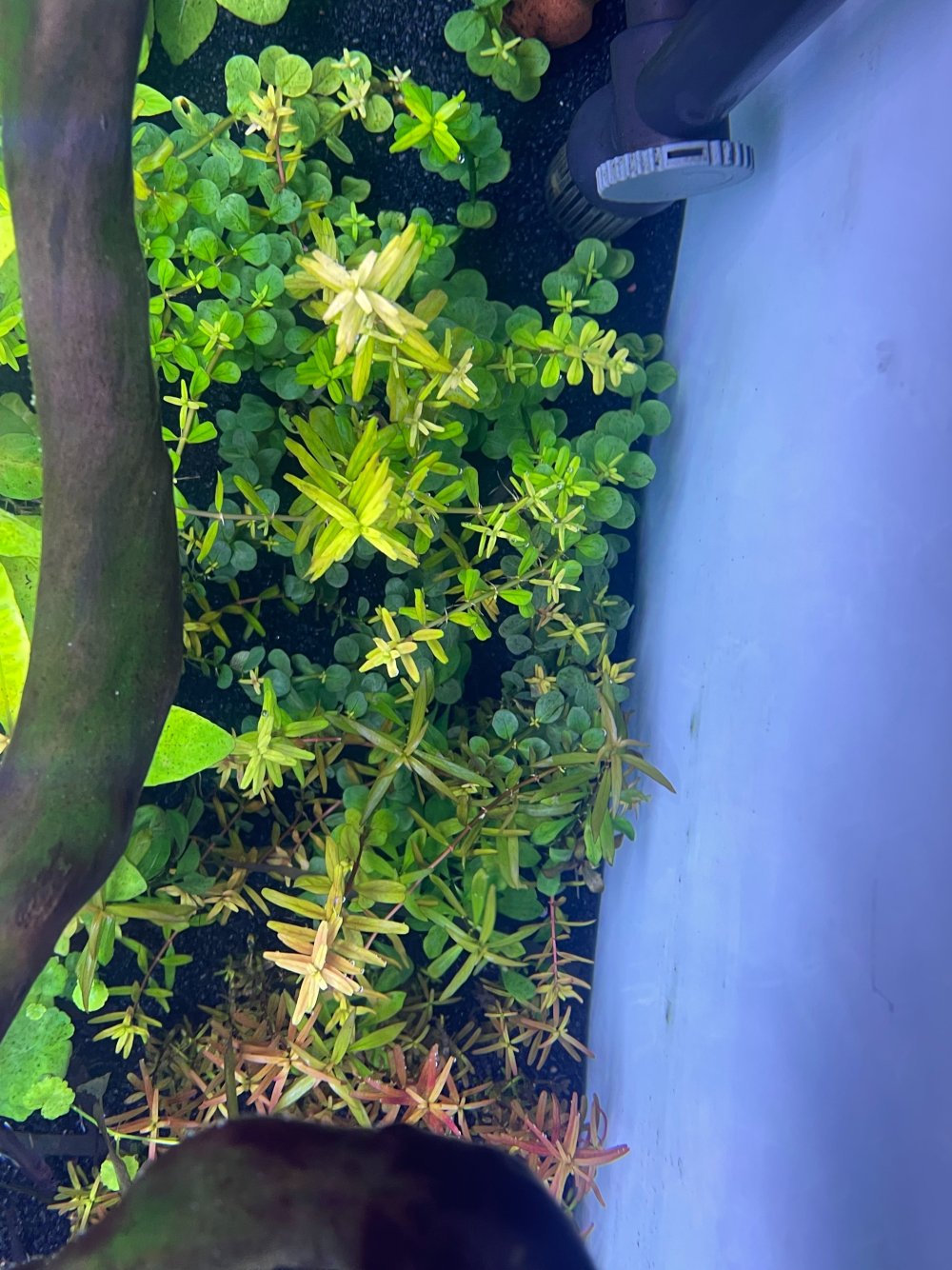 IMG_3348.jpg1.4 MB · Views: 10
IMG_3348.jpg1.4 MB · Views: 10 -
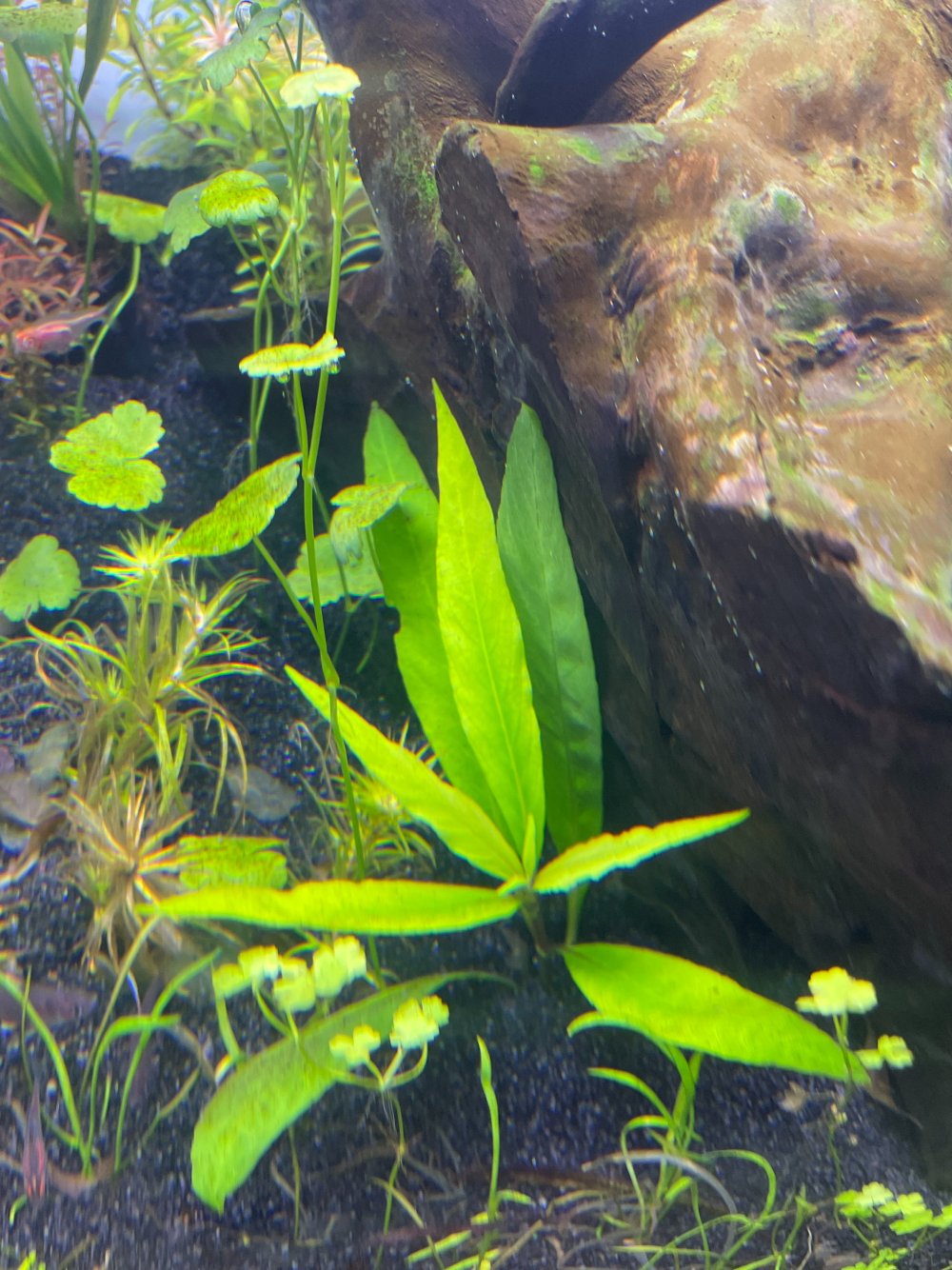 IMG_3355.jpg1.7 MB · Views: 9
IMG_3355.jpg1.7 MB · Views: 9 -
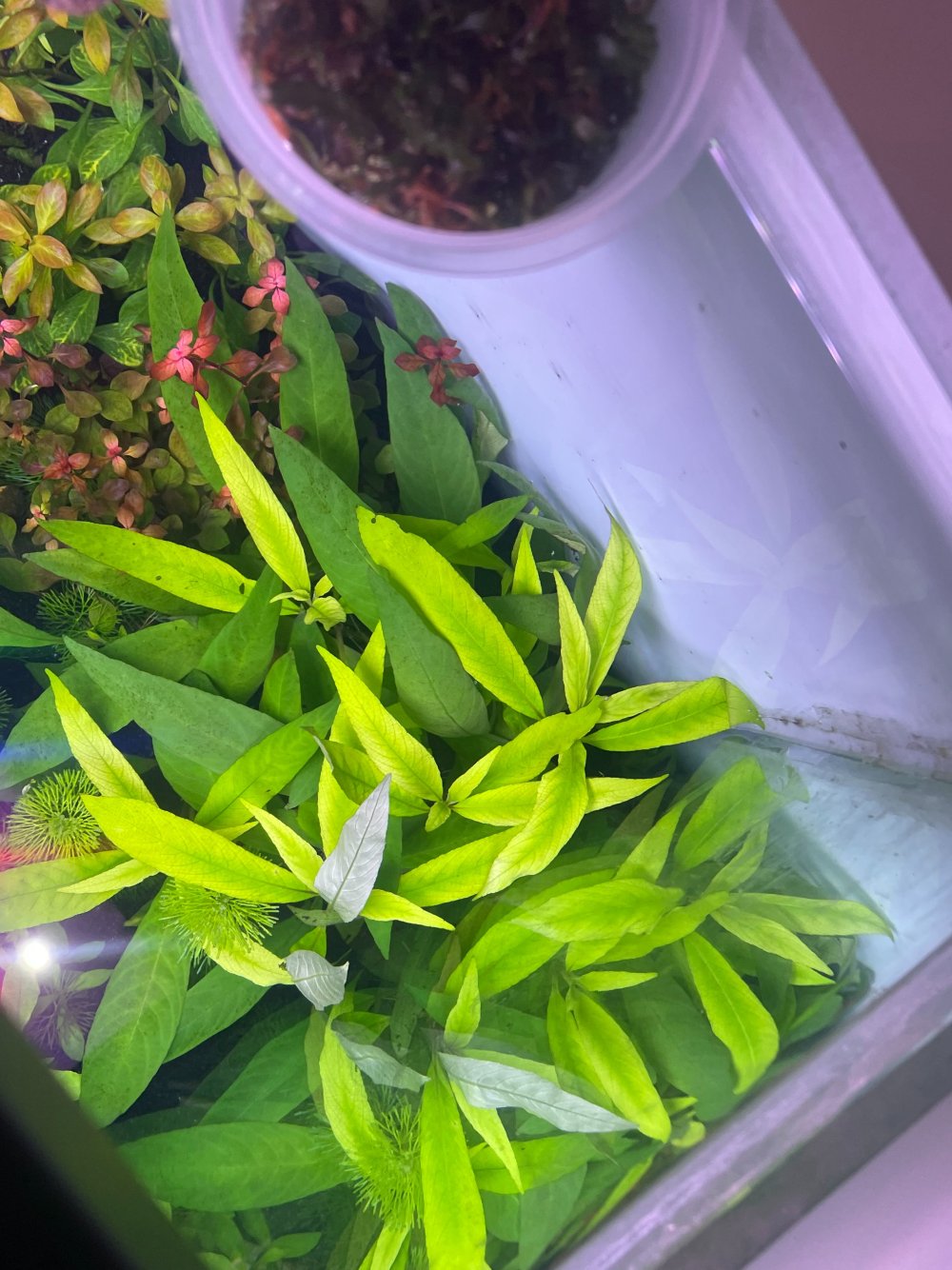 IMG_3358.jpg1.5 MB · Views: 13
IMG_3358.jpg1.5 MB · Views: 13
Last edited:
